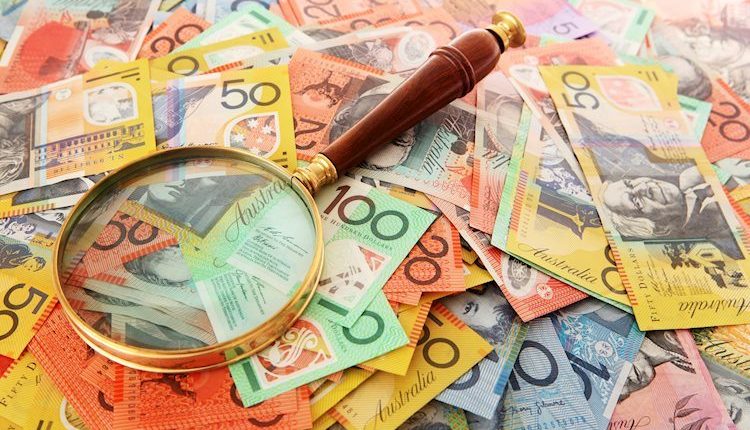- AUD/USD recovers its recent losses around 0.6428 amid the weakening of the US Dollar.
- US real Gross Domestic Product (GDP) grew at an annual rate of 2.1% in Q2, as expected.
- Australian Retail Sales rose 0.2% in August MoM vs. the 0.3% rise expected.
- Market players await the US Core Personal Consumption Expenditure Price Index report.
The AUD/USD pair recovers some lost ground and consolidates near 0.6428 during the early Asian session on Friday. The rebound of the pair is supported by a correction of the US Dollar (USD) and lower US Treasury yields. Meanwhile, the US Dollar Index (DXY) edges lower to 106.10 after retreating from 106.83, the highest since November.
Data released on Thursday revealed that the US real Gross Domestic Product (GDP) expanded at an annual rate of 2.1% in the second quarter, as expected. Additionally, Initial unemployment claims rose from 202,000 to 204,000, below the 215, 000 anticipated. The pending home sales fell 7.1% MoM in August, compared to estimates for a 1.0% drop MoM.
Chicago Federal Reserve (Fed) President Austan Goolsbee said on Thursday that the Fed will return inflation to target and has a chance to do something rare by accomplishing that without a recession. Richmond Fed President Thomas Barkin remarked that the past five months of inflation data have been upbeat but that it is too early to determine what monetary policy would be next. Barkin added that lost data due to the government shutdown would complicate understanding the economy. Investors will assess the narrative of a higher for longer rate in the US against the growth risks posed by the possibility of an imminent US government shutdown. This, in turn, might cap the upside of the Greenback.
On the other hand, data published by the Australian Bureau of Statistics (ABS) on Thursday showed that the nation’s Retail Sales rose 0.2% in August on a monthly basis from a 0.5% increase in July, below the market consensus of 0.3% rise. The softer-than-expected Retail Sales data in August might convince the Reserve Bank of Australia (RBA) to hold the interest rate next week.
Looking ahead, the Australian Private Sector Credit will be due later on Friday. However, market players will closely watch the US Core Personal Consumption Expenditure Price Index, the Federal Reserve’s preferred inflation gauge. The annual figure is expected to decline from 4.25% to 3.9%. The stronger data could potentially lift the US Dollar.
Read the full article here

